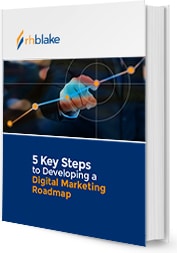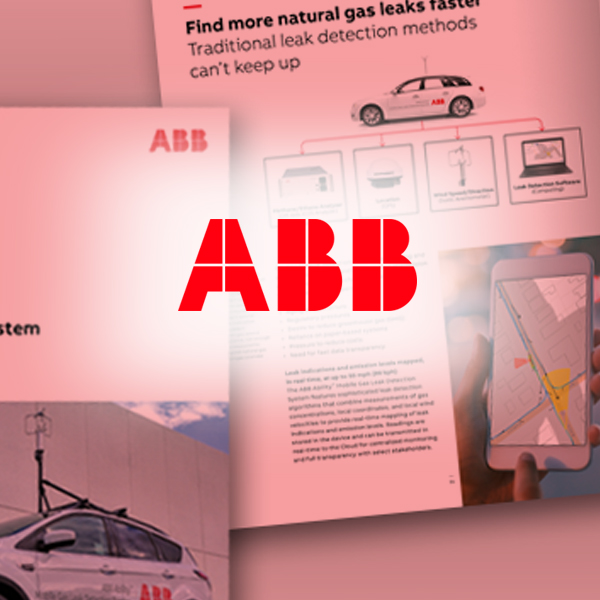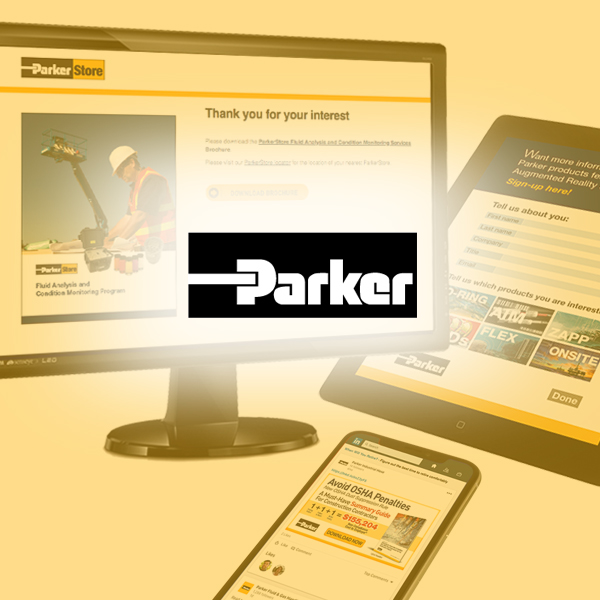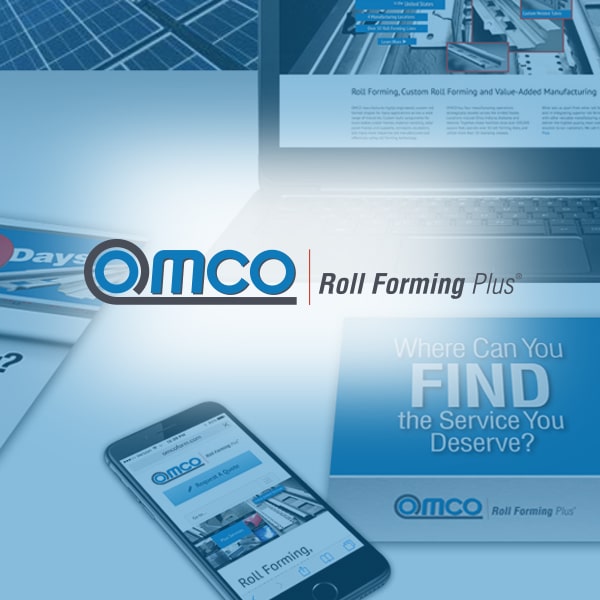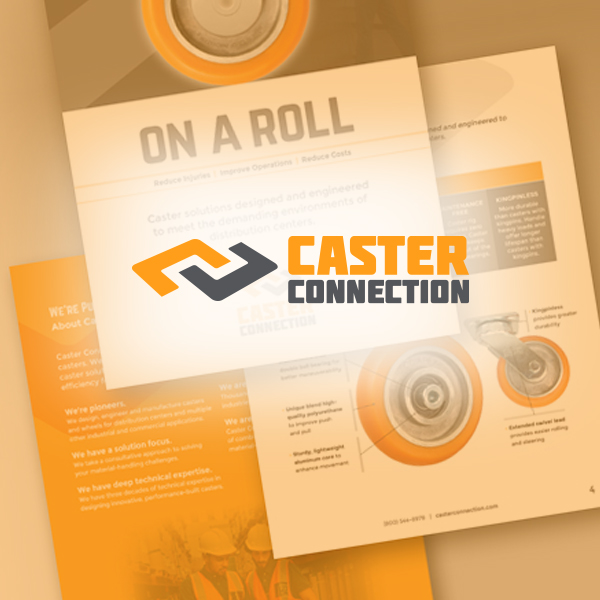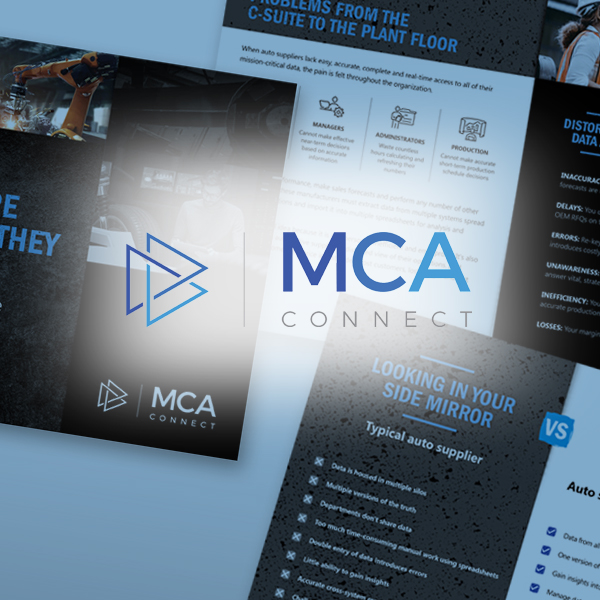How to build thought leadership with storytelling: best practices for manufacturers
 For many manufacturers, the typical sales cycle is both long and complex. For specialized offerings that could have a significant impact on a business, customers typically need a significant amount of time and information before they’re ready to make a decision. That puts pressure on the marketing team to provide content that educates prospects throughout the buying journey and builds thought leadership in the industry.
For many manufacturers, the typical sales cycle is both long and complex. For specialized offerings that could have a significant impact on a business, customers typically need a significant amount of time and information before they’re ready to make a decision. That puts pressure on the marketing team to provide content that educates prospects throughout the buying journey and builds thought leadership in the industry.
4 Benefits of Building Thought Leadership
Most marketers in manufacturing already understand the value of thought leadership. But if you need to make a case to executives or internal experts, thought leadership delivers:
- Credibility
Thought leadership provides you the opportunity to showcase the specialized knowledge your internal experts possess. According to Edelman research, 88% of B2B decision makers say thought leadership is effective in enhancing their perception of a brand. - Differentiation
You need a way to meaningfully stand out from your competitors and show prospects you’re the best fit amongst alternatives. Thought leadership can accomplish that. In that same Edelman research, 41% of decision makers said they’re willing to pay a premium to work with brands that create thought leadership. - Accelerated sales cycle
Many companies prefer to do research on their own before reaching out to a company. Good thought leadership content can take on some of the sales work for you, so prospects are closer to making a decision once a salesperson steps in. - More relevant prospects
Thought leadership content allows prospects to self-qualify. By the time they reach out, it’s clear they’re interested and likely to be in your target audience. That means less time wasted on irrelevant leads and higher close rates.
A Common Challenge to Creating Thought Leadership Content in Manufacturing: “It depends.”
Clearly, thought leadership is worth prioritizing. And you likely have internal subject matter experts (SMEs) with experience and insights that would make for great content. But when you sit down with a trusted SME to learn more about the product and how it can benefit customers, often their answer is “it depends”
Many manufacturing products and offerings are complex. The way the product is configured for each client, the way they use and integrate it, and the benefits they gain from it are unique. Manufacturing SMEs—understandably—don’t want to make blanket statements that don’t accurately reflect every use case.
But “it depends” won’t create a great blog post or video.
The Solution: Storytelling
The cure for “it depends” is to nudge your SMEs toward storytelling. They need specific enough scenarios to provide detailed answers. That’s where the storytelling skills marketers possess come into play. You can help them envision specific enough use cases to get talking. By helping them tell stories, you move away from broad recommendations that aren’t widely applicable. And companies in your target audience will get content that’s more relatable and useful.
How to Create Thought Leadership Through Storytelling
Storytelling for most SME’s isn’t a typical part of the job. Turning their knowledge into a compelling story is your job. With the right approach to SME interviews, you can get them to describe product use cases that make valuable content.
To start, you want to get them into the right frame of mind to speak comfortably. Clarify that you won’t share any specific client details in your content, so they don’t have to stress about confidentiality.
Then set the scene. Ask them to imagine they’re sitting across from their favorite coworker, having a drink of their choice, enjoying a casual conversation. Use their recent calendar to bring up a project fresh in their memory.
Once they’ve got a project in mind, ask questions that will paint a picture. Some common questions and prompts we cover are:
- Describe the customer. What is their industry, location, and size?
- What are their primary and secondary challenges?
- What’s their current situation?
- What’s driving their desire to do something different?
- Why did they choose to reach out to you?
- How does the solution you’re proposing help them?
- How did you implement your offering?
- Who’s involved in the process?
- What hurdles did you face?
- How long did it take?
- Did you encounter any surprises or roadblocks?
- How did your product impact them personally?
- How did it impact their business as a whole?
- What pressures or stress did you feel during this project, if any?
- What metrics do they use to determine success or progress?
- Do you recall any particularly humorous or unusual events?
- Is there anything we haven’t covered yet that you want to share?
Have a list of questions prepared before you start, but don’t be rigid about them. Once the conversation starts flowing, ask followup questions to dig into the details of the stories they tell. A thirty-minute conversation can cover a lot of territory and equip you with a clear story about the product. By the end, you’ll have a strong base to build thought leadership content on.
Learn to Ask the Right Questions
How to build thought leadership with storytelling: best practices for manufacturers

For many manufacturers, the typical sales cycle is both long and complex. For specialized offerings that could have a significant impact on a business, customers typically need a significant amount of time and information before they’re ready to make a decision. That puts pressure on the marketing team to provide content that educates prospects throughout the buying journey and builds thought leadership in the industry.
4 Benefits of Building Thought Leadership
Most marketers in manufacturing already understand the value of thought leadership. But if you need to make a case to executives or internal experts, thought leadership delivers:
- Credibility
Thought leadership provides you the opportunity to showcase the specialized knowledge your internal experts possess. According to Edelman research, 88% of B2B decision makers say thought leadership is effective in enhancing their perception of a brand. - Differentiation
You need a way to meaningfully stand out from your competitors and show prospects you’re the best fit amongst alternatives. Thought leadership can accomplish that. In that same Edelman research, 41% of decision makers said they’re willing to pay a premium to work with brands that create thought leadership. - Accelerated sales cycle
Many companies prefer to do research on their own before reaching out to a company. Good thought leadership content can take on some of the sales work for you, so prospects are closer to making a decision once a salesperson steps in. - More relevant prospects
Thought leadership content allows prospects to self-qualify. By the time they reach out, it’s clear they’re interested and likely to be in your target audience. That means less time wasted on irrelevant leads and higher close rates.
A Common Challenge to Creating Thought Leadership Content in Manufacturing: “It depends.”
Clearly, thought leadership is worth prioritizing. And you likely have internal subject matter experts (SMEs) with experience and insights that would make for great content. But when you sit down with a trusted SME to learn more about the product and how it can benefit customers, often their answer is “it depends”
Many manufacturing products and offerings are complex. The way the product is configured for each client, the way they use and integrate it, and the benefits they gain from it are unique. Manufacturing SMEs—understandably—don’t want to make blanket statements that don’t accurately reflect every use case.
But “it depends” won’t create a great blog post or video.
The Solution: Storytelling
The cure for “it depends” is to nudge your SMEs toward storytelling. They need specific enough scenarios to provide detailed answers. That’s where the storytelling skills marketers possess come into play. You can help them envision specific enough use cases to get talking. By helping them tell stories, you move away from broad recommendations that aren’t widely applicable. And companies in your target audience will get content that’s more relatable and useful.
How to Create Thought Leadership Through Storytelling
Storytelling for most SME’s isn’t a typical part of the job. Turning their knowledge into a compelling story is your job. With the right approach to SME interviews, you can get them to describe product use cases that make valuable content.
To start, you want to get them into the right frame of mind to speak comfortably. Clarify that you won’t share any specific client details in your content, so they don’t have to stress about confidentiality.
Then set the scene. Ask them to imagine they’re sitting across from their favorite coworker, having a drink of their choice, enjoying a casual conversation. Use their recent calendar to bring up a project fresh in their memory.
Once they’ve got a project in mind, ask questions that will paint a picture. Some common questions and prompts we cover are:
- Describe the customer. What is their industry, location, and size?
- What are their primary and secondary challenges?
- What’s their current situation?
- What’s driving their desire to do something different?
- Why did they choose to reach out to you?
- How does the solution you’re proposing help them?
- How did you implement your offering?
- Who’s involved in the process?
- What hurdles did you face?
- How long did it take?
- Did you encounter any surprises or roadblocks?
- How did your product impact them personally?
- How did it impact their business as a whole?
- What pressures or stress did you feel during this project, if any?
- What metrics do they use to determine success or progress?
- Do you recall any particularly humorous or unusual events?
- Is there anything we haven’t covered yet that you want to share?
Have a list of questions prepared before you start, but don’t be rigid about them. Once the conversation starts flowing, ask followup questions to dig into the details of the stories they tell. A thirty-minute conversation can cover a lot of territory and equip you with a clear story about the product. By the end, you’ll have a strong base to build thought leadership content on.
Learn to Ask the Right Questions
Interviewing manufacturing experts is a specific skill set. You need to understand what kind of research to do in advance, how to ensure the SME is comfortable talking with you, and determine the right questions to ask.
Learn to Ask the Right Questions
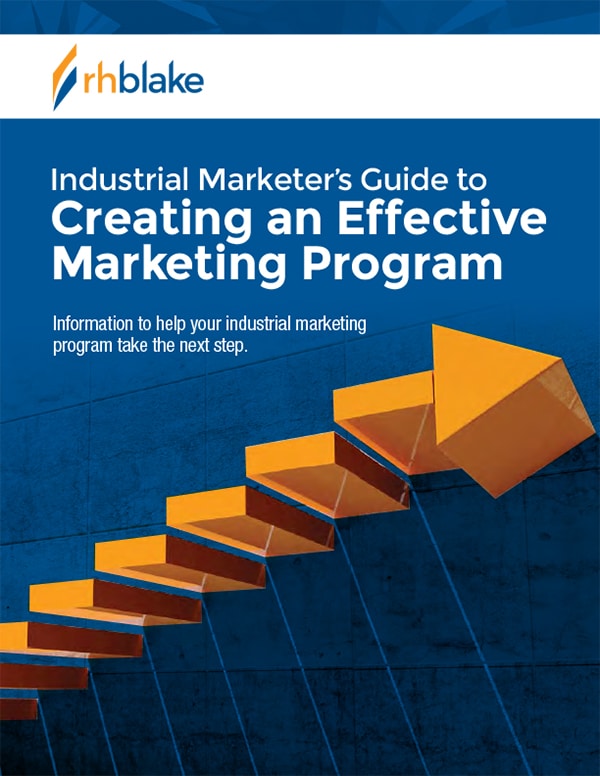
Industrial Marketer’s Guide to Creating an Effective Marketing Program
147 pages of actionable ideas to help you create a winning marketing strategy and program

Industrial Marketer’s Guide to Creating an Effective Marketing Program
147 pages of actionable ideas to help you create a winning marketing strategy and program
Related Clients


